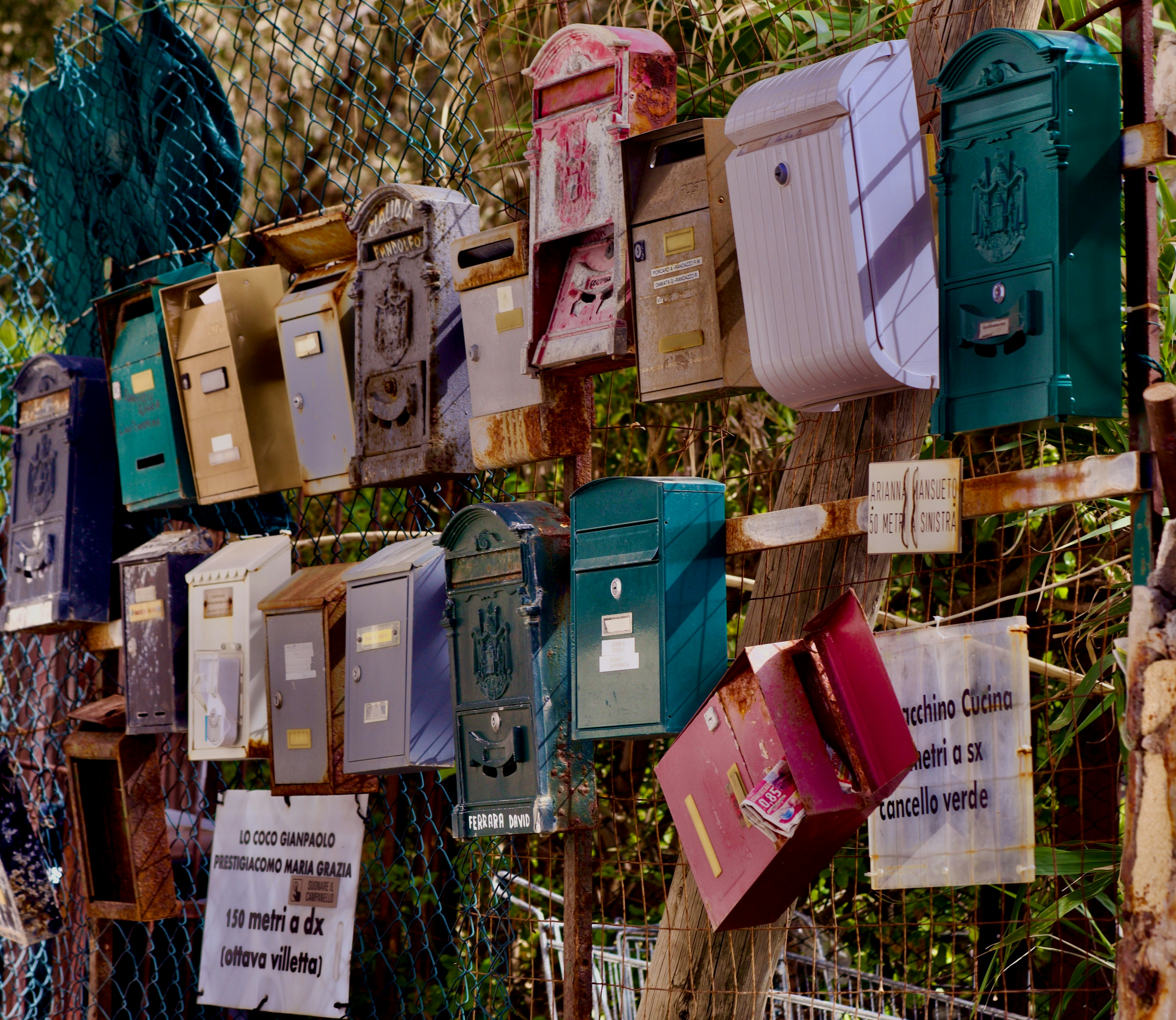
The sporting heritage, an issue for citizens at the European level
The sporting heritage, an issue for citizens at the European level
The cultural aspect of sport has increased amazingly in recent years. The power to bring people together to remember certain matches, places, events or sporting figures from the past represents a sort of European mortar which must be used to the best advantage.
 Yvan GASTAUT
Yvan GASTAUT
Lecturer
University Côte d’Azur
Since the 80s, the definition of “heritage” has been enlarged. It is no longer limited to famous figures from history, great buildings and masterpieces whose quality is plain to be seen. It also recognises and dignifies more popular traditions, when these elements are considered as our heritage and the fruit of shared memory. At the same time, the idea of “memory” linked with heritage is very successful at arousing sentiment. It is within this new paradigm that sport will find a new dimension. With its omnipresence in the media, and access to doing an activity increasingly open to all, sport is now of major cultural importance. European sport, or at any rate, certain sports among the most popular, can be seen as an important source of sporting traces and of recollections that structure the memory. But what is meant by the sporting heritage? It is possible to draw up a heterogeneous classification in several dimensions, between the material and the immaterial, crossing the interrelationships between local, regional, national and international. Grounds, buildings and facilities are the most visible part of the sporting heritage. However, plaques, memorials, tombstones, statues and even street names remember important figures and moments in History. Works of art linked to sport are another inexhaustible heritage: they are many, varied and recognisable. All the creative sectors are worth exploring in this context (theatre, literature, cinema or music). Heritage can also be found in sporting gestures and their evolution, not to mention the countless objects derived from sport (equipment, trophies, flags and so on). Behind the structures there are the people: the managers, former stars and iconic champions, and also amateur sportsmen and women and sports fans all have stories which should be heard.
“For European meetings in the sporting heritage”
Since 2011, the Meetings around the sporting heritage and the sport memory organised by the University Côte d’Azur have set themselves the objective of reflecting on the knowledge and the expression of sport’s past. The aim is to bring together researchers and also archivists, representatives from associations, stakeholders and witnesses from the sports milieu and writers and artists. In this sense, history, memory and heritage come together with their divergences and their complementarity to enhance the cultural dimension of sport. The goal of these meetings is threefold: to talk about the local level, the Côte d’Azur, as a very old centre for sport, about the national and also about the international level, and the European vocation is firmly present. The concept does need to be enlarged by encouraging those concerned in different European countries to make a list, to study and highlight traces which are still visible or which have disappeared, and also the accounts that make up the wealth of sports, between the past and the present. This represents a real force for European citizenship.
